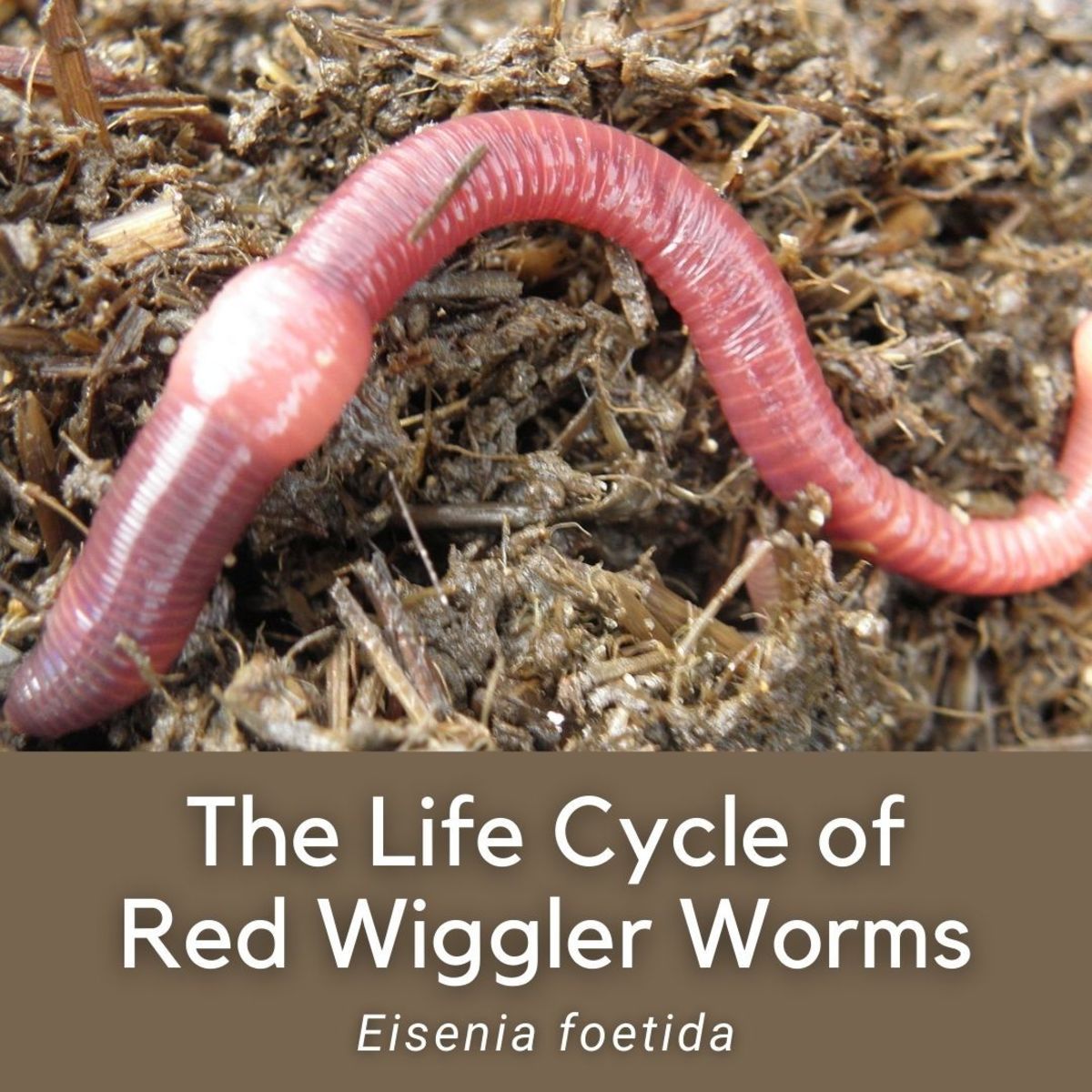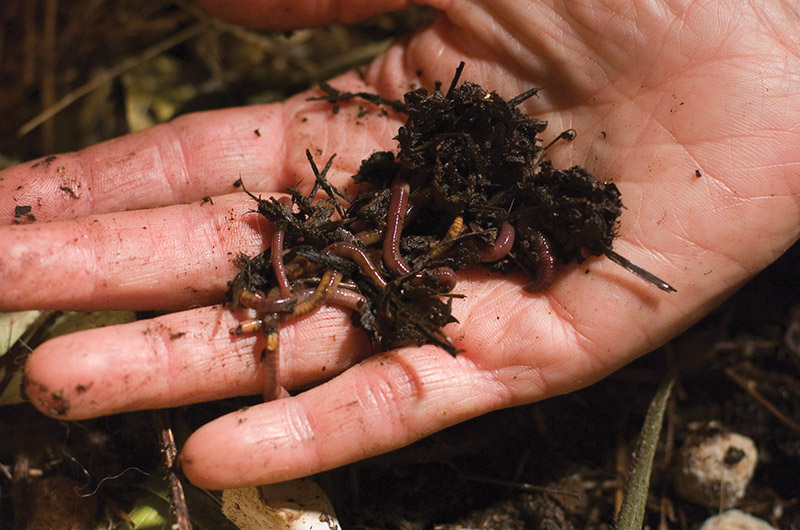Red Wiggler Worms - Reliable Decomposers for Your Garden Compost Bin
Making The Most Of the Conveniences of Red Wiggler Worms: A Comprehensive Handbook for Home Gardeners and Urban Farmers
In the world of lasting gardening methods, red wiggler worms stand as unsung heroes, silently changing organic waste into nutrient-rich spreadings that can function wonders for soil wellness. As home gardeners and urban farmers significantly look for eco-friendly and affordable ways to enhance their yards, the possible benefits of utilizing the power of red wigglers can not be overemphasized. From minimizing kitchen area waste to growing healthier plants, the application of these humble animals offers a plethora of advantages. By checking out the ins and outs of just how to effectively care for and optimize the advantages of red wiggler worms, individuals can open a wide range of possibilities for improving the sustainability and efficiency of their horticulture undertakings.
Understanding Red Wiggler Worms
Red Wiggler worms, renowned for their effective composting capabilities, are a types of earthworms extensively utilized in vermiculture practices. These worms, clinically understood as Eisenia fetida, grow in decaying organic product, making them optimal prospects for composting.
One secret feature of Red Wiggler worms is their reproductive price. These hermaphroditic creatures have both male and women reproductive body organs, allowing them to reproduce rapidly under beneficial conditions. A mature Red Wiggler can produce multiple children in a brief period, guaranteeing a stable population within a composting system.

Establishing a Worm Container
When developing a worm container for vermiculture objectives, appropriate prep work and focus to information are essential for producing a conducive environment for Red Wiggler worms. Begin by selecting a suitable container for your worm container.

Location the worm container in an amazing, dark place away from straight sunlight and extreme temperatures. By adhering to these actions, you can establish up a prospering worm container that will efficiently process organic waste into nutrient-rich vermicompost for your garden.
Feeding and Maintaining Worms
Making sure a nutritious and well balanced diet regimen is critical for the health and productivity of Red Wiggler worms in a vermiculture system. Red Wigglers are starved eaters, with the ability of eating their very own body weight in raw material daily. To keep a growing worm populace, it is necessary to supply them with a selection of food scraps such as vegetables and fruit peels, coffee grounds, tea bags, and crushed eggshells. It is crucial to stay clear of feeding them citrus fruits, onions, garlic, dairy products, meat, and oily foods as these can be damaging to the worms or trigger unpleasant odors in the container.
Appropriate dampness levels are additionally essential for the health of Red Wiggler worms. By faithfully monitoring their diet regimen, wetness, and environmental conditions, home gardeners and urban farmers can sustain a effective and healthy and balanced Red Wiggler worm populace for composting purposes.
Collecting Worm Spreadings
To successfully draw out nutrient-rich worm spreadings from the vermicompost, a systematic harvesting procedure is vital for maximizing the composting benefits. The very first step in harvesting worm spreadings is to urge the worms to migrate to one side of the container.
After the castings have actually been gathered, it is important to divide any type of continuing to be worms from the castings to avoid hurting them during storage space or application. One efficient method is to create cone-shaped heaps of spreadings under intense light. Worms will instinctively relocate far from the light, enabling very easy splitting up and elimination.
Finally, the collected worm castings should be kept in a great, dark, and completely dry place to maintain their high quality and performance as a nutrient-rich soil change. By following these actions, home gardeners and urban farmers can optimize the benefits of red wiggler worms in their vermicomposting systems.
Using Worm Castings in Gardening
The incorporation of nutrient-rich worm castings right into garden dirt can substantially enhance plant growth and total soil health and wellness. Worm spreadings, additionally recognized as vermicast, are a natural plant food produced by red wiggler worms as they damage down natural issue. These spreadings are rich in essential nutrients like nitrogen, phosphorus, potassium, and valuable microbes that advertise plant growth and boost dirt framework.
When using worm castings in gardening, it is vital to blend them thoroughly right into the dirt or use them as a top dressing around plants. The slow-release nature of worm castings guarantees a steady supply of nutrients to plants gradually, minimizing the threat of nutrient leaching and promoting long-term dirt fertility. Additionally, worm castings help enhance soil aeration, water retention, and microbial activity, developing a healthy and balanced environment for plant roots to thrive.

Verdict
To conclude, the usage of his comment is here red wiggler worms in home horticulture and metropolitan farming can dramatically profit dirt health and plant development. By recognizing just how to establish and keep a informative post worm bin, feed the worms properly, and collect their nutrient-rich spreadings, gardeners can optimize the benefits of these earthworms. Incorporating worm castings into horticulture methods can boost dirt fertility and total plant performance. In general, red wiggler worms offer a efficient and lasting remedy for boosting yard and farm returns.
In the realm of lasting gardening techniques, red wiggler worms stand as unrecognized heroes, silently transforming organic waste right into nutrient-rich spreadings that can function marvels for soil wellness.When establishing a worm bin for vermiculture purposes, proper preparation and attention to information are crucial for producing a conducive atmosphere for Red Wiggler worms. The first step in collecting worm castings is to motivate the worms to migrate view it now to one side of the bin. Worm spreadings, additionally known as vermicast, are a natural plant food produced by red wiggler worms as they break down organic issue. By comprehending how to set up and keep a worm container, feed the worms properly, and gather their nutrient-rich castings, gardeners can make best use of the advantages of these earthworms.